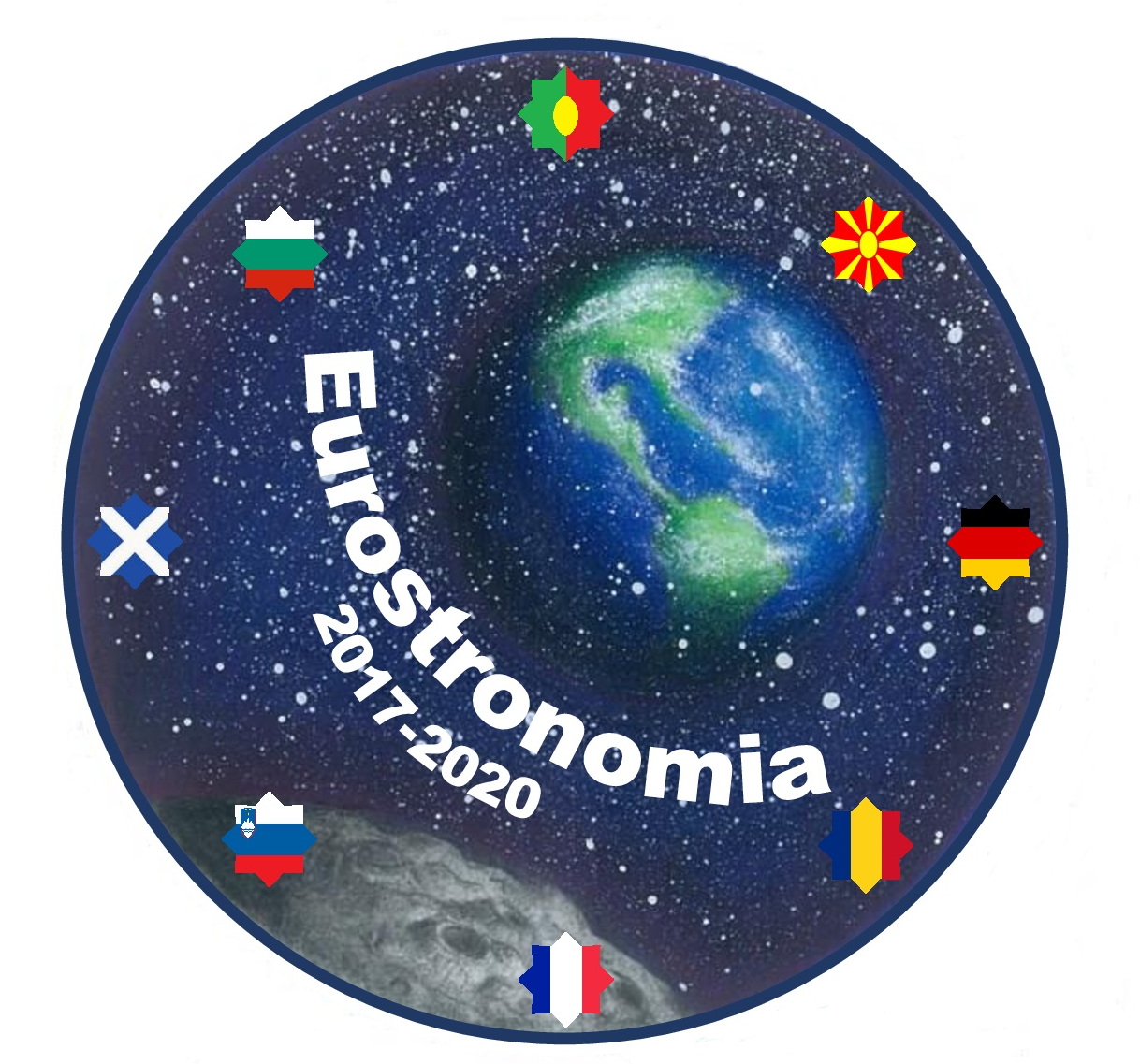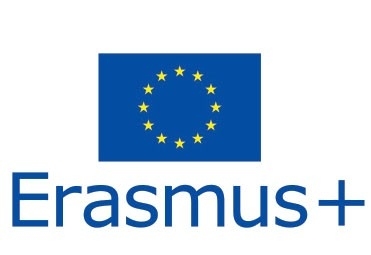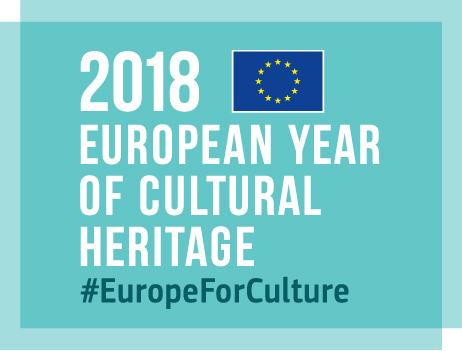Mobility 2 in Ayr
16 - 22 April 2018
Blog
Friday September 21 2018
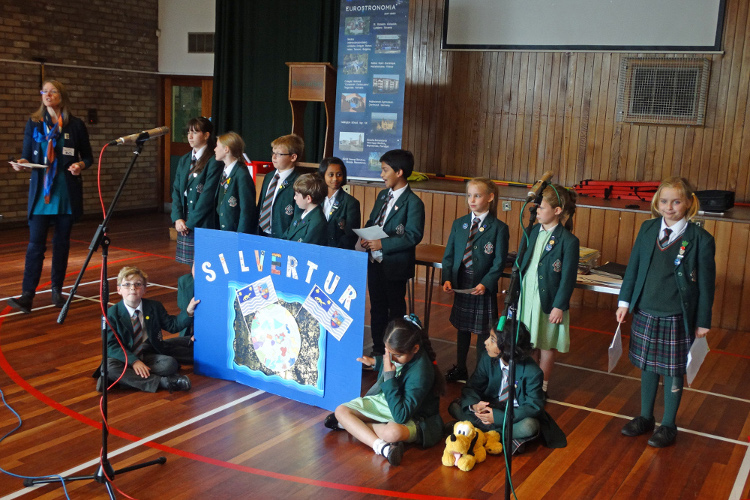
We started the day with an activity together. In multinational groups, we had to work on Orders of Magnitude; an interesting
way to learn and communicate with the others.
Mr McPhee taught us about orders of magnitude, which is an abstract idea, with concrete elements. Indeed, he explained to us
the powers of 10 with some concrete examples like the height of Hagi (Romanian football player), the height of the Eiffel
Tower or Ronaldo's weekly wage. Then, he made us calculate the volume of sand on Ayr Beach, and the number of grains of sand
on it. All those calculations were about making us uderstand the size of the Milky Way, the number of stars in the galaxies...
as the numbers don’t mean something very clear for us (10²² stars in the universe).
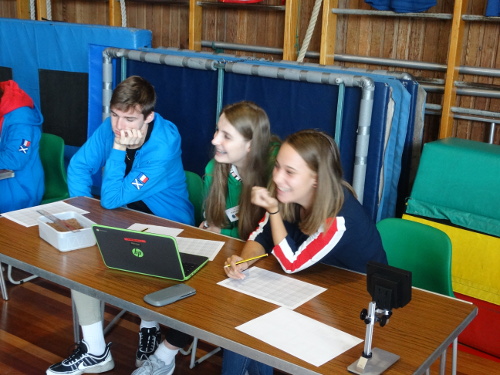 |
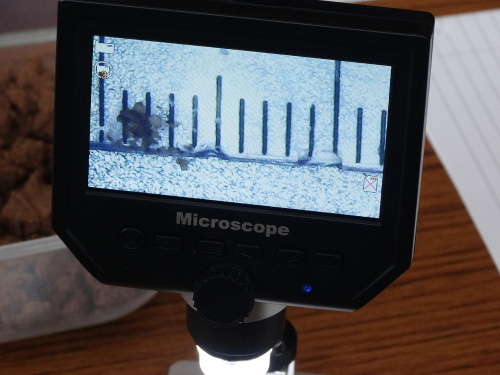 |
Then, we had a little break and some workshops ; some pupils made a “galaxy scarf”, with a black scarf and paints of different colours like blue or purple. It was really funny even if we do not feel that we are really good at Art, this activity was for some of us our favourite. To make this scarf, we used paint to draw a galaxies pattern onto a black scarf, drawing planets, stars and nebulae with glittered paint or just with simple acrylic paint.
There was also a workshop called “make a spectrometer”. Its goal was to create a spectrometer. The teacher explained us all we had to know about the spectrum of light. For example, she explained to us the main definition, the answer to the question “what is light”. Then she gave us templates to build our own spectrometer. Once this was done, we looked at lights through the spectrometer to see their composition (neon, helium,...)
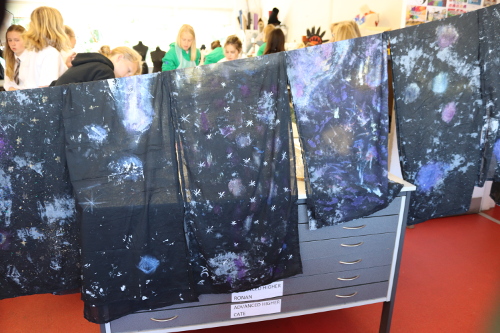 |
 |
Creating an astrology board game was challenging for us: We searched for close planets, galaxies, stars, constellations and their properties in mini groups of 3. After that, we created cards for the game with Google slides, but this time with all the students. Unfortunately, there was not enough time to finish creating the game and play it.
In another workshop, Mr Rawtani, an Indian physics teacher, explained to us the link and the difference between astrology and astronomy, mostly from India’s point of view. Astrology is the analysis of the sky, just as for astronomy, but without any scientific content. Indeed, astrology deals more with zodiac signs, horoscopes and predictions. In India, it also deals with gods, as the planets are actually the gods. He explained to us that astrology was important in India, because a lot of people believe in what astrologers say about the character of a baby born at a certain time and in a certain place. He told us that astrology wasn’t highly considered by scientists, but they discovered in very old books from very old civilisations in India, that astrologers found the number Pi, the speed of the light and other constants. He also showed us some photos of an observatory in Jaipur, India, called “Jantar Mantar”, meaning “calculation instruments”. The observatory is at least 300 years old; there are sundials which were used to work out the angle of the sun and the exact time.
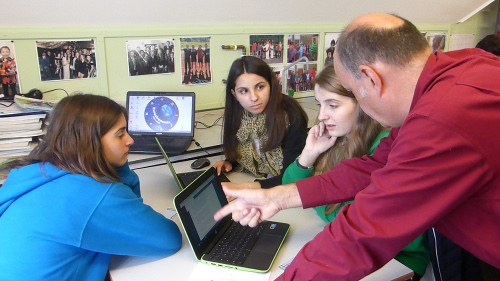 |
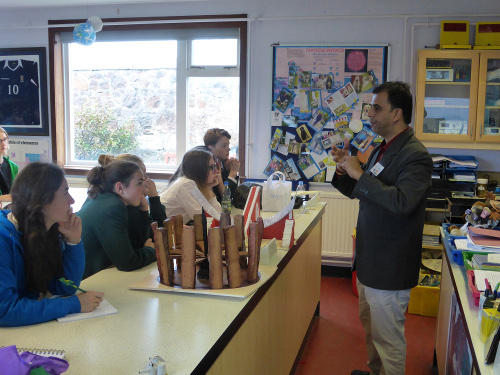 |
When the workshops ended, we had the primary Erasmus Junior Club Presentation – they told us what they had done this year, it was quite cute ! – and the closing ceremony, where we received our diplomas, it was emotional because it was one of the last times we would all be all together.
When the show ended, we had a typical dinner from the United-Kingdom : the famous Fish and Chips, that we shared together!
Lastly ,we ended the day by a movie in the Hall : Hidden Figures, starring three African-American women who were working at NASA in the 1960s, during the space race with the Soviet Union.
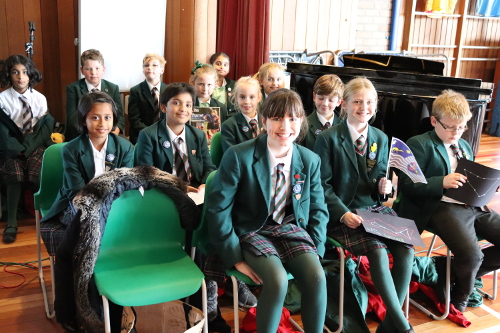
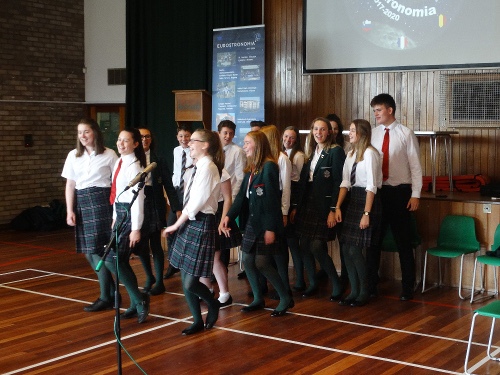
Emma, France
